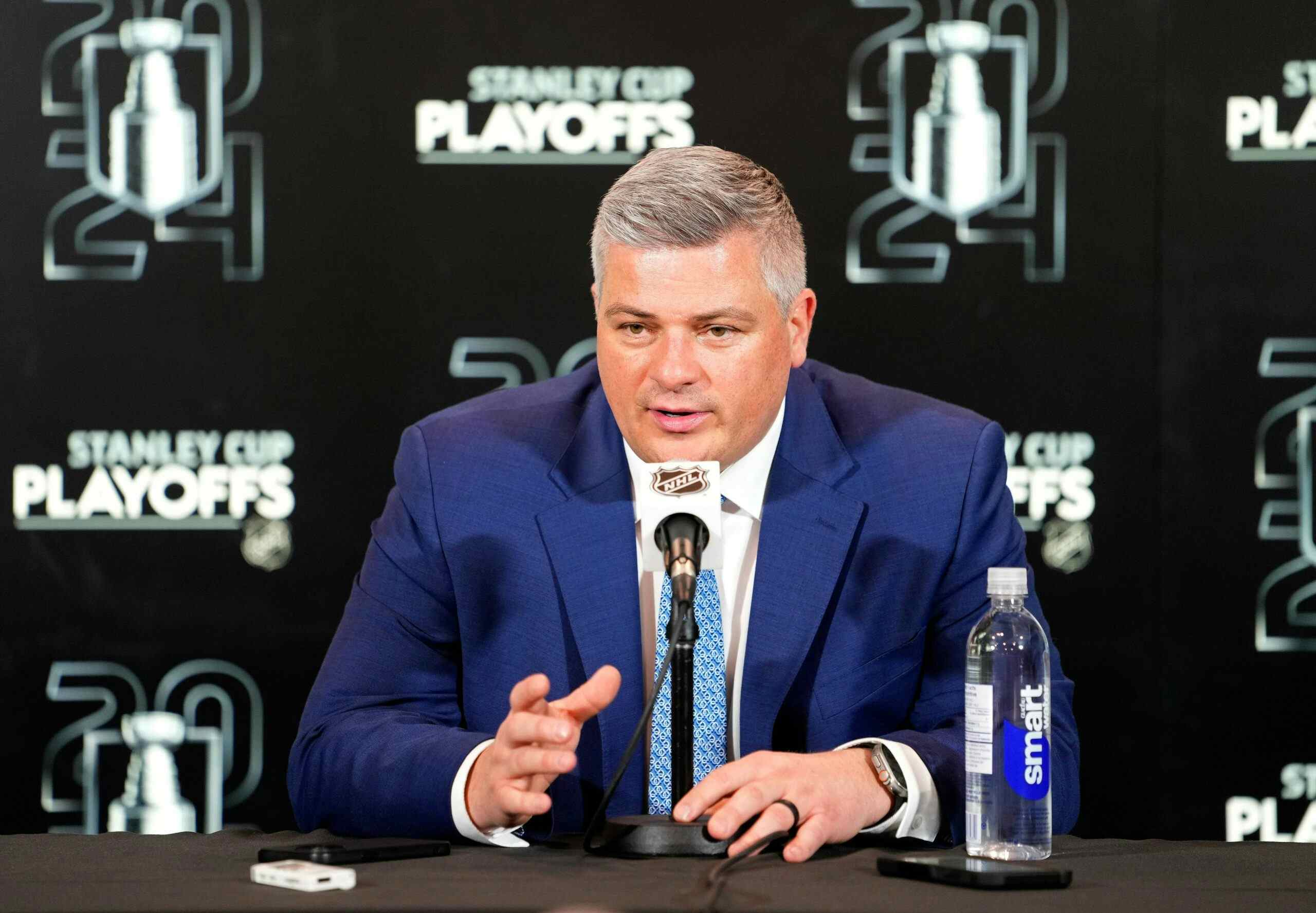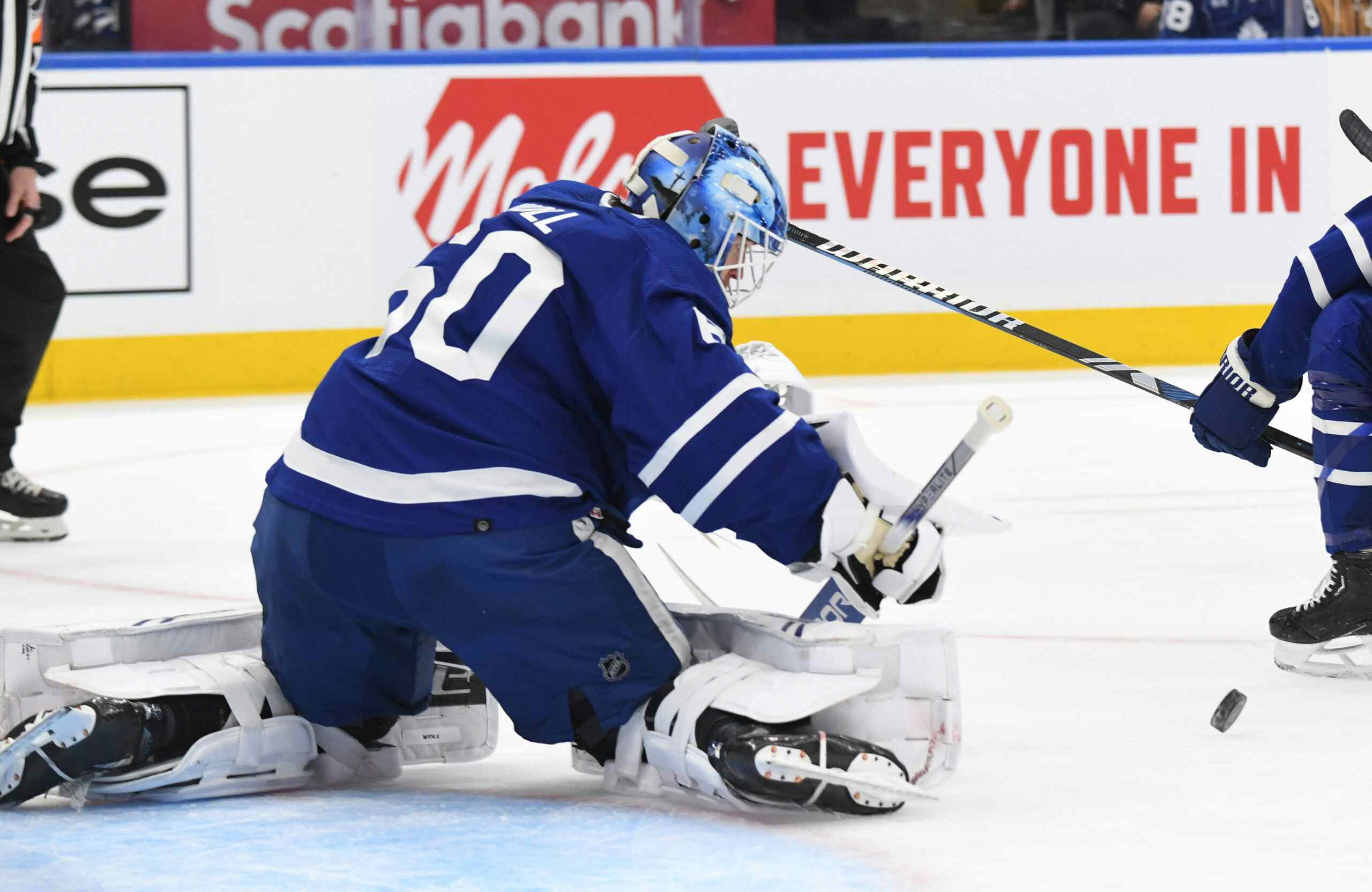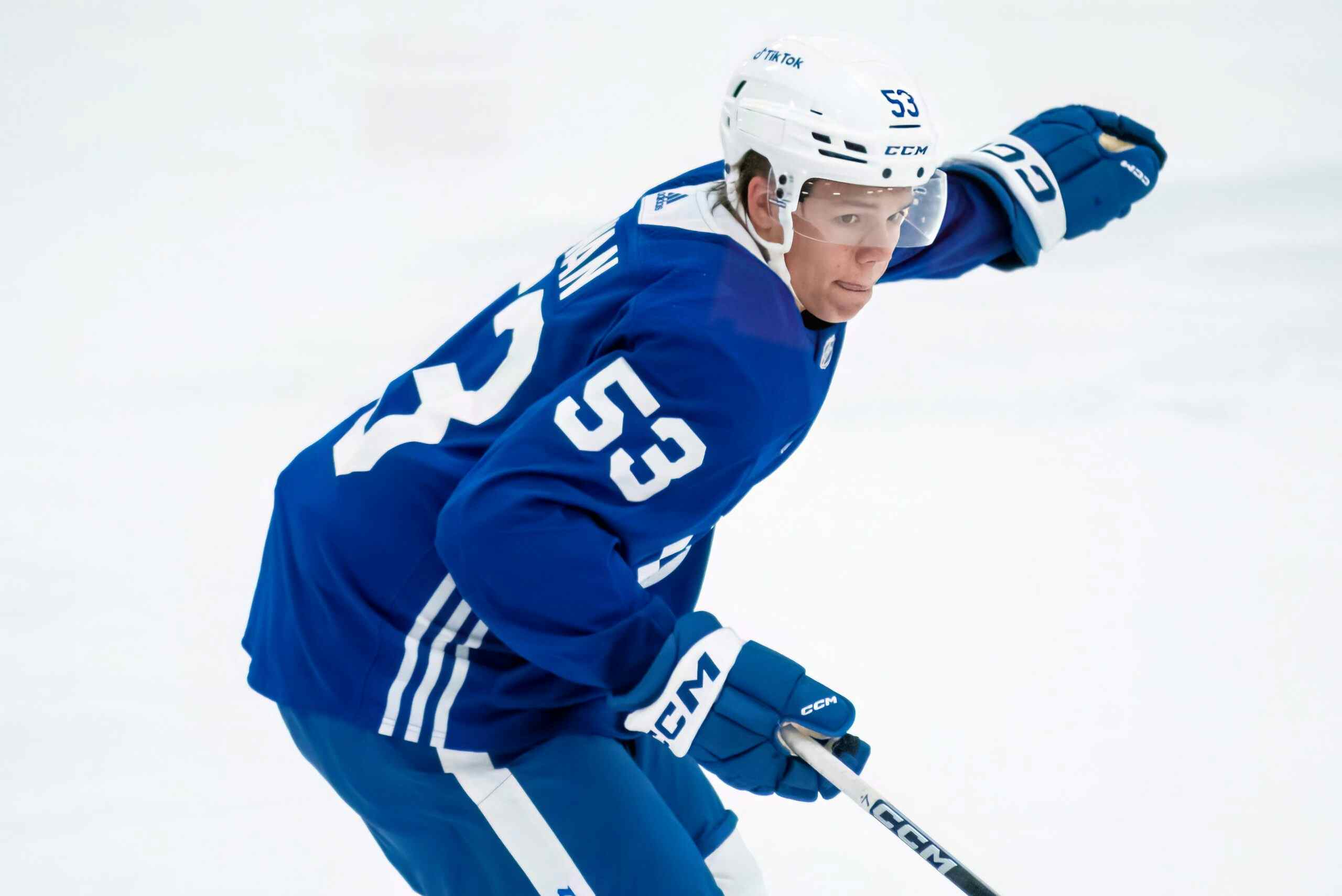Leafs On The Powerplay: ZEFR Rate
By Shawn Reis
7 years agoThere’s cool new statistical research being done in the field of hockey all the time, and Arik Parnass‘ work on special teams is far from the exception. In this article, we’ll be taking a Leafs-centric view of his recently-unveiled ZEFR Rate, which he’s shown to be the most effective metric we have at evaluating powerplays so far.
Oh, and one last note before we get started in case you didn’t read the full article (you should). The sample we have to work with includes full-season data for the Washington Capitals, Philadelphia Flyers, New York Islanders, Montreal Canadiens, and Tampa Bay Lightning. The data we have to work with for the Leafs includes just 54 games (which is still a pretty strong sample size, but it’s worth clarifying that the sample size is smaller relative to others).
Alright, let’s begin.
ZEFR RATE RANKINGS (ON-ICE SUCCESS PERCENT)

What am I looking at?
The above table shows the percentage of 5-on-4 zone entry attempts with a certain player on the ice that result in either a scoring chance off the rush or the team getting set up in formation.
How did the Leafs do?
Interestingly, Frank Corrado tops the list by a wide margin. That’s encouraging, but we shouldn’t read too much into it since he was only on the ice for 17 zone entry attempts, which is a pretty small sample.
The big surprise for me is seeing Lupul, if we’re accounting for sample size, at the top. Lupul’s really declined as a player over the last couple of years, but it looks like he still has a lot of value on the powerplay, if not at even strength.
After that there’s not too much surprise. Rielly ranks lower than expected, but aside from that the likes of Van Riemsdyk, Kadri, Komarov, and Gardiner are near the top, while Hunwick and Winnik come in at the bottom.
How did the Leafs do relative to others?
Including the other five teams that we have data for, the Leafs have five players in the top 15 by this metric among those who were on the ice for at least 100 zone entry attempts (Boyes, Lupul, Komarov, Kadri, Van Riemsdyk). That’s pretty good.
The best three overall were Marcus Johansson, Lupul, and T.J. Oshie.
Using the same criteria on the other end of the spectrum (worst 15 players on the ice for 100+ attempts), the Leafs have no players. That’s good. (It should be mentioned though that Hunwick and Winnik fall within the range of the bottom 15, they just weren’t on the ice for enough attempts).
The worst three overall were Sven Andrighetto, Travis Hamonic, and Johnny Boychuk.
ZEFR RATE RANKINGS (ZONE ENTRY SHARE)

What am I looking at?
The above table shows the frequency with which a certain player bore the primary responsibility of attempting to gain offensive zone entry for his team. A primary zone entry attempt by a player constitutes either a player making a pass that directly leads to the attempt, or in cases where a pass wasn’t what directly led to the attempt, a player being the puck carrier.
How did the Leafs do?
Unsurprisingly, Paretneau, Kadri, and Gardiner bore the most responsibility for the Leafs in attempting to gain offensive zone entry for their team.
What’s a little more surprising, though, is that the likes of Van Riesmdyk, Lupul, Boyes, and Komarov (who were all among the best in the previous metric and who are generally some of the more offensively-gifted players on the team) came out being involved in significantly fewer primary zone entry attempts for their team.
How did the Leafs do relative to others?
Parenteau, Kadri, and Gardiner all made an appearance among the top 15 players in ZEShare% for those that were on the ice for at least 100 total attempts. John Carlson, Anton Stralman, and Victor Hedman were the top three.
Leo Komarov qualified in the bottom 15. Michal Neuvirth, Thomas Greiss, and Jaroslav Halak were the worst. (Yes, they are goalies, but they can actually be involved in successful zone entry attempts for their team via stretch passes — Ben Bishop made 25 attempts).
ZEFR RATE RANKINGS (PRIMARY HANDLER SUCCESS PERCENT)

What am I looking at?
The above table shows the percentage of primary zone entry attempts made by a player that were successful.
How did the Leafs do?
Frank Corrado once again comes out strong, but with a very small sample size. The really good player here is Kadri — not only is he involved in a lot of the zone entry attempts for his team, but he’s pretty good at it too.
To that end, Jake Gardiner actually seems somewhat problematic — as we know, he’s also involved in a lot of the zone entry attempts for his team. But, he’s unsuccessful at it a lot more often than Kadri.
How did the Leafs do relative to others?
Among players that made at least 15 primary attempts, Holland, Kadri, Phaneuf, and Parenteau all appear in the top 15. The best three were Evgeny Kuznetsov, Ben Bishop, and Peter Holland. So, Holland’s pretty good at 5-on-4 zone entries, but he doesn’t make a lot of attempts.
No Leafs appear in the bottom 15 using the same criteria. The worst three by this metric were Max Pacioretty, Travis Hamonic, and Johnny Boychuk.
CONCLUDING THOUGHTS
In terms of how the Leafs allocated their powerplay ice-time last year, the most minutes on a per-game basis went to the likes of Parenteau, Phaneuf, Van Riemsdyk, Bozak, Kadri, Holland, and Komarov. To that end, with the exception of Bozak, all of those players were among the best on the team on the powerplay this season by various ZEFR metrics.
A couple of arguments I’d make more broadly speaking is that Parenteau was an important piece for the Leafs last season on the powerplay, so replacing him could be tough, though the addition of Auston Matthews in particularly could easily offset that. Marner and Nylander are possible candidates to help fill the void as well.
I’d also suggest, if Lupul does play next year, that maybe the team should try relying on him heavily on the powerplay. It looks like he’s still pretty effective in that area of the game, and he (hopefully) won’t be playing a lot at even strength, so why not get the most out of him that you can?
It’ll be interesting to see how the Leafs allocate their powerplay time next season, with a lot of young new faces replacing some of the veterans we talked about in this piece.
Also, one last stick-tap to Arik Parnass for his excellent work here, which brings us another step closer to better understanding what goes into a team being successful on the powerplay.
Recent articles from Shawn Reis





